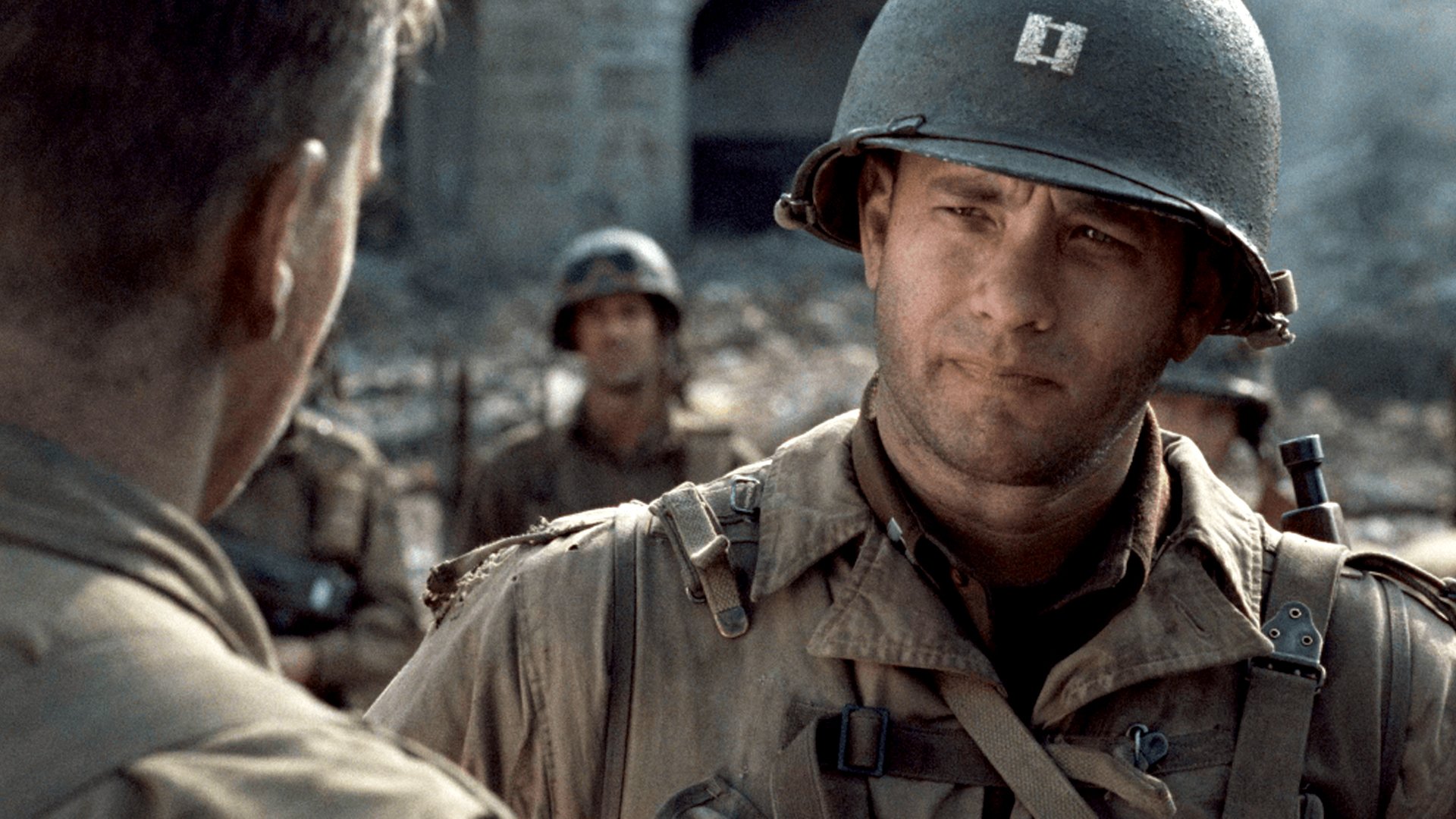
Steven Spielberg's 1998 WWII drama reigns supreme among war movies. Screenshot from Saving Private Ryan.
There is no shortage of incredible war movies. From Oliver Stone’s Platoon, to Mel Gibson’s Braveheart, to Jerry Bruckheimer’s Black Hawk Down, war has served as the setting for some of the most epic films of all time.
The life-or-death stakes of battle make a perfect framework for a compelling story. Hence the vast and ever-growing trove of great war films. But of course only one can be considered the greatest. For many, the gold standard is Steven Spielberg’s 1998 World War II drama Saving Private Ryan — and for good reason.
Related: Animal Mother and the Duality of Man in ‘Full Metal Jacket’
Spielberg’s Groundbreaking Film Techniques
Many of the film techniques audiences now recognize as standard features of war movies — for example, desaturated color, high shutter speeds, and “shaky cam” footage — were pioneered in Saving Private Ryan.
The film’s famous depiction of the D-Day landing is 20 unrelenting minutes of intense combat. There’s no score, only a cacophony of sound effects meant to assault the senses. Sound designer Gary Rydstrom chose to layer together individual sound effects rather than follow the standard practice of using prerecorded battlefield audio. He also emphasized the sounds of bullets whizzing by more than the sounds of guns firing, as the former is what veterans of the battle said they remembered most. Rydstrom’s overall intent was to leave audiences feeling exhausted by the time the last round was fired.
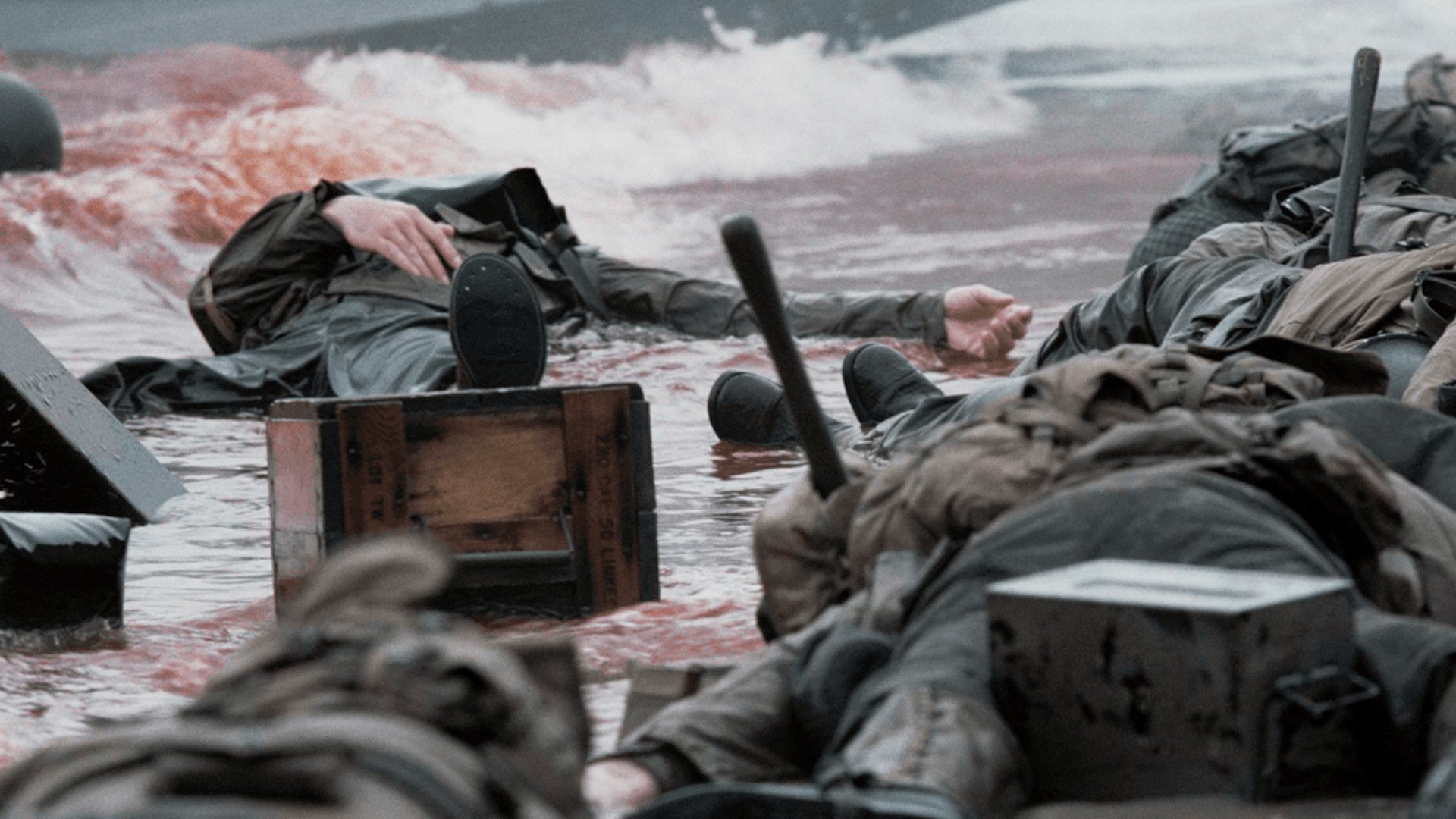
More than 1,000 Irish soldiers were used as extras during the movie's Omaha Beach scene. Screenshot from Saving Private Ryan.
Although Saving Private Ryan wasn’t the first film to use a “shaky cam” to evoke chaos and uncertainty, Spielberg juxtaposed it with more traditional cinematography to enhance the jarring effect. The film begins with a traditionally shot scene of the American cemetery at Omaha Beach in modern day, before taking the audience back in time to the invasion and abruptly transitioning to a shaky cam. The unstable frame combined with a shutter angle of 45 degrees (rather than the standard 180) made the opening sequence feel like cinéma vérité.
French beaches no longer look like they did during the battle, so Spielberg elected to shoot in Ireland rather than Normandy. There, Spielberg employed an estimated 1,000 Irish soldiers as extras, including a number of amputees who wore prosthetics to re-create scenes of soldiers losing their limbs.
Related: How Alfred Hitchcock Helped ‘1917’ Pull Off the Single-Take Illusion
The True Story Behind ‘Saving Private Ryan’
One of the things that makes Saving Private Ryan so great is its realism. In addition to the use of practical effects and Spielberg’s attention to historical details, the story is plausible enough to seem true. And in some regards, it is.
While the depiction of Operation Overlord is arguably quite accurate, the plot of Saving Private Ryan is fictional. It follows a squad of US Army Rangers on a mission to recover a paratrooper who is the sole survivor out of four brothers; three brothers have been killed in the war. While no Rangers were ever sent to find a Private Ryan during the Normandy campaign, the idea was inspired by the true story of the Niland brothers.
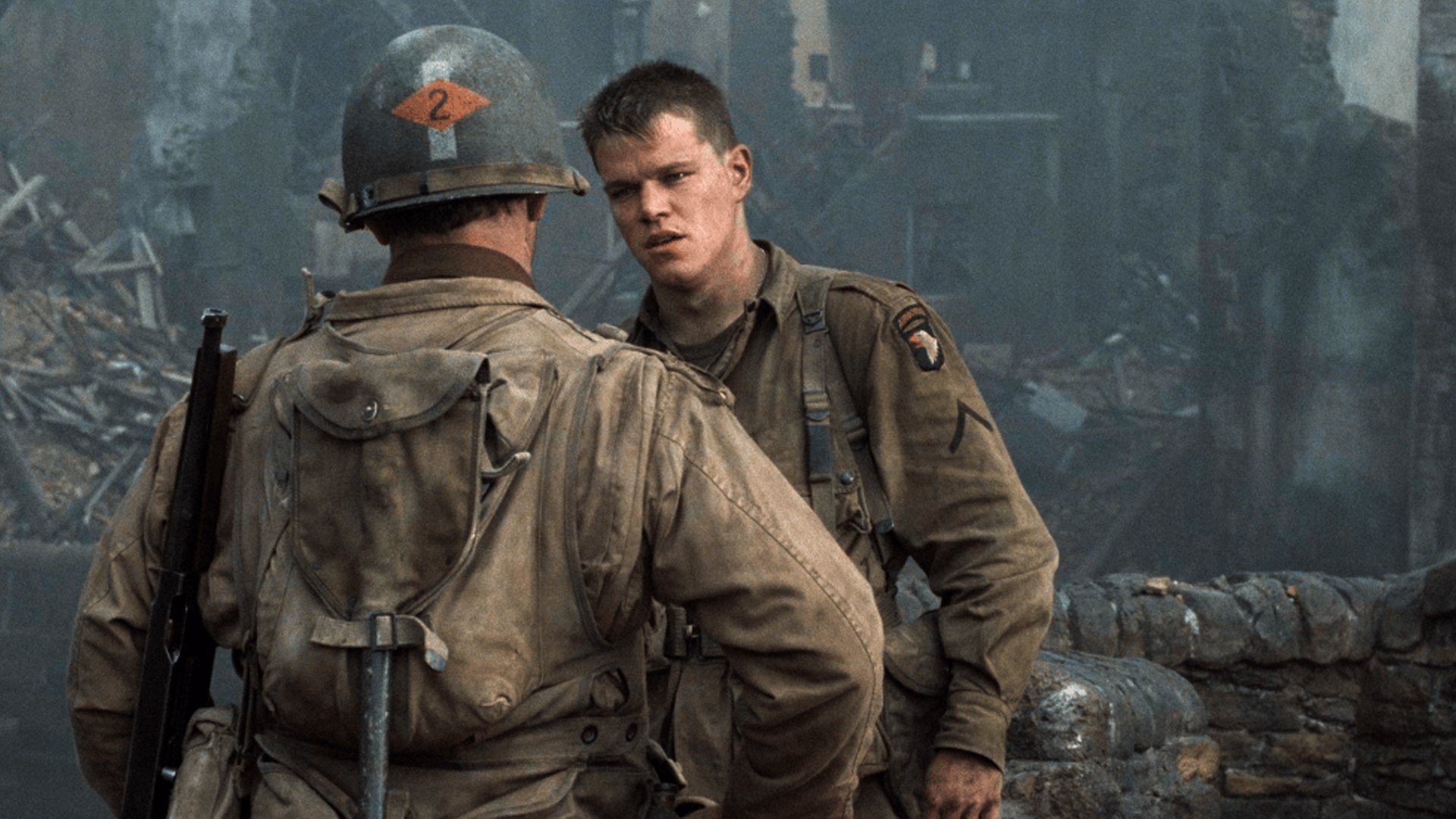
The plot was loosely based on the real story of the Niland brothers. Screenshot from Saving Private Ryan.
Four brothers — Edward, Preston, Robert, and Frederick “Fritz” Niland — all served in the American Armed Forces during WWII. Prior to the Allied invasion of Normandy, Edward, a B-25 pilot, was shot down over Burma. He was listed as missing in action and presumed dead. The surviving three brothers all participated in Operation Overlord.
Two years earlier, five brothers from another family had perished when the US Navy ship they were all serving on was sunk. The Niland brothers were thus assigned to different units to avoid a similar tragedy. Unfortunately, Robert was killed on the first day of the Normandy campaign while serving with the 82nd Airborne Division near Sainte-Mère-Église. The following day, Preston was killed near Utah Beach while serving with the 4th Infantry Division.
Fritz — the surviving brother — was serving with the 101st Airborne at the time of his brothers’ deaths. One of the unit’s chaplains became aware of the situation and arranged for Fritz to be sent back to the States. Fritz served as a military police officer in New York for the remainder of the war. Miraculously, in May 1945, Edward was found alive in a Japanese prisoner-of-war camp and returned home.
Related: Revisiting ‘Hamburger Hill’: How an Underrated Vietnam Classic Mirrors Afghanistan’s Waste
The Cast Was Composed of Lesser-Known Actors
Directors of big-budget Hollywood war movies typically fill their fictional ranks with as many big names as possible (looking at you, Thin Red Line and Pearl Harbor). Saving Private Ryan, however, was primarily cast with lesser-known actors.
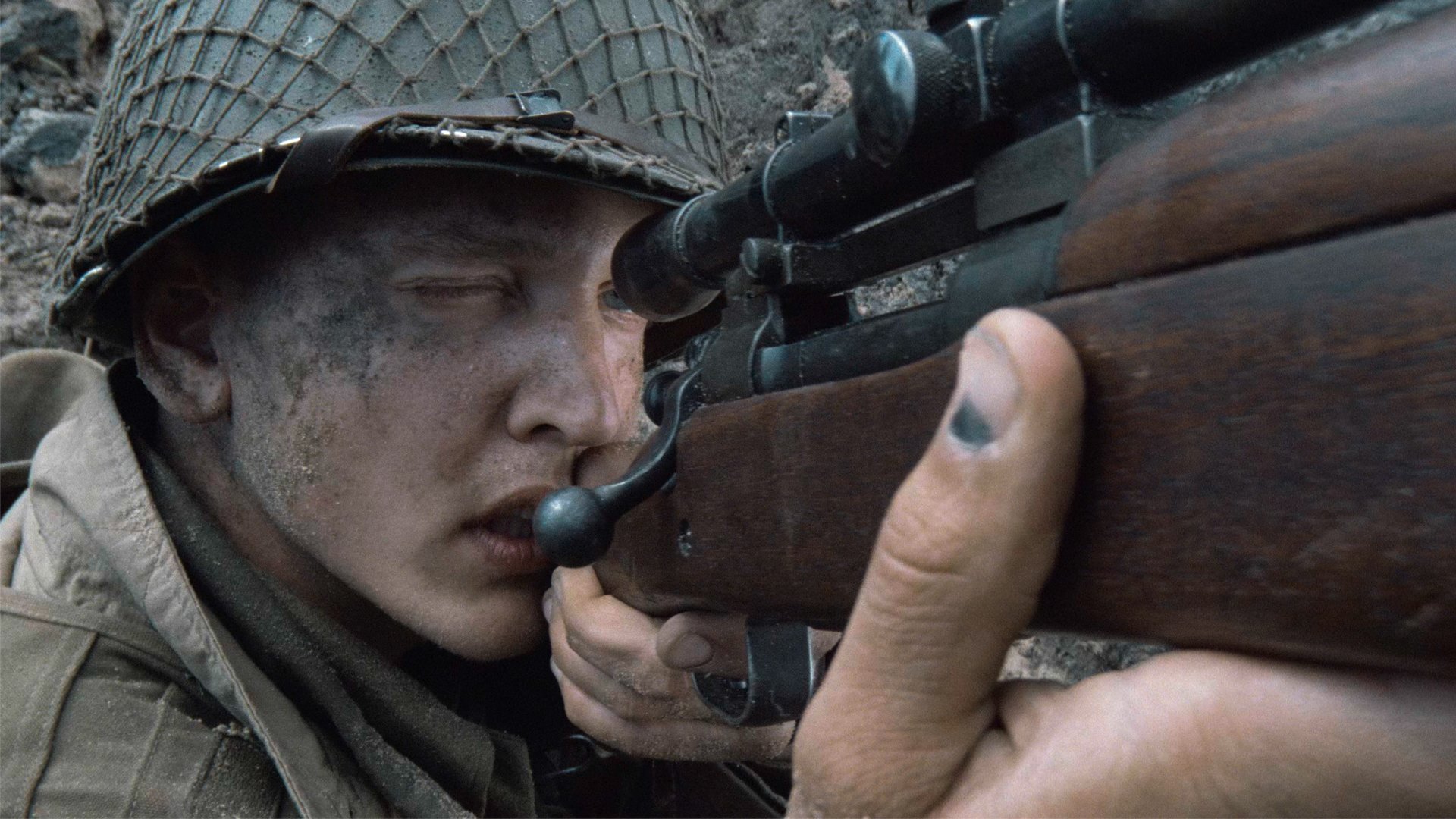
Barry Pepper went on to star alongside Tom Hanks again in The Green Mile. Screenshot from Saving Private Ryan.
The already very famous Tom Hanks played Captain Miller, but his supporting actors were mostly unknowns at the time. Matt Damon, who was cast as the titular Private Ryan, was not a household name when he landed the part. (Good Will Hunting, which Damon co-wrote and starred in, and which catapulted him to fame, won two Oscars a few months before Saving Private Ryan premiered in theaters.)
Saving Private Ryan also featured Tom Sizemore, Giovanni Ribisi, Vin Diesel, and Barry Pepper in supporting roles before they were famous.
Related: Russian Director’s Nightmarish Film Is Powerful Indictment of War
Where You Can Watch ‘Saving Private Ryan’
It’s been 25 years since Saving Private Ryan hit the big screen, winning five Academy Awards and forever changing the war film genre. The movie is currently available for streaming on Amazon’s Prime Video, Paramount Plus, and Apple TV.
Read Next: 5 of the Most Realistic Combat Sequences Since ‘Saving Private Ryan’
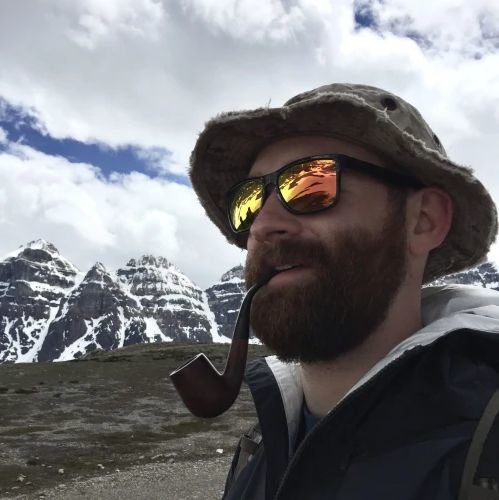
Mac Caltrider is a senior staff writer for Coffee or Die Magazine. He served in the US Marine Corps and is a former police officer. Caltrider earned his bachelor’s degree in history and now reads anything he can get his hands on. He is also the creator of Pipes & Pages, a site intended to increase readership among enlisted troops. Caltrider spends most of his time reading, writing, and waging a one-man war against premature hair loss.
BRCC and Bad Moon Print Press team up for an exclusive, limited-edition T-shirt design!
BRCC partners with Team Room Design for an exclusive T-shirt release!
Thirty Seconds Out has partnered with BRCC for an exclusive shirt design invoking the God of Winter.
Lucas O'Hara of Grizzly Forge has teamed up with BRCC for a badass, exclusive Shirt Club T-shirt design featuring his most popular knife and tiomahawk.
Coffee or Die sits down with one of the graphic designers behind Black Rifle Coffee's signature look and vibe.
Biden will award the Medal of Honor to a Vietnam War Army helicopter pilot who risked his life to save a reconnaissance team from almost certain death.
Ever wonder how much Jack Mandaville would f*ck sh*t up if he went back in time? The American Revolution didn't even see him coming.
A nearly 200-year-old West Point time capsule that at first appeared to yield little more than dust contains hidden treasure, the US Military Academy said.












